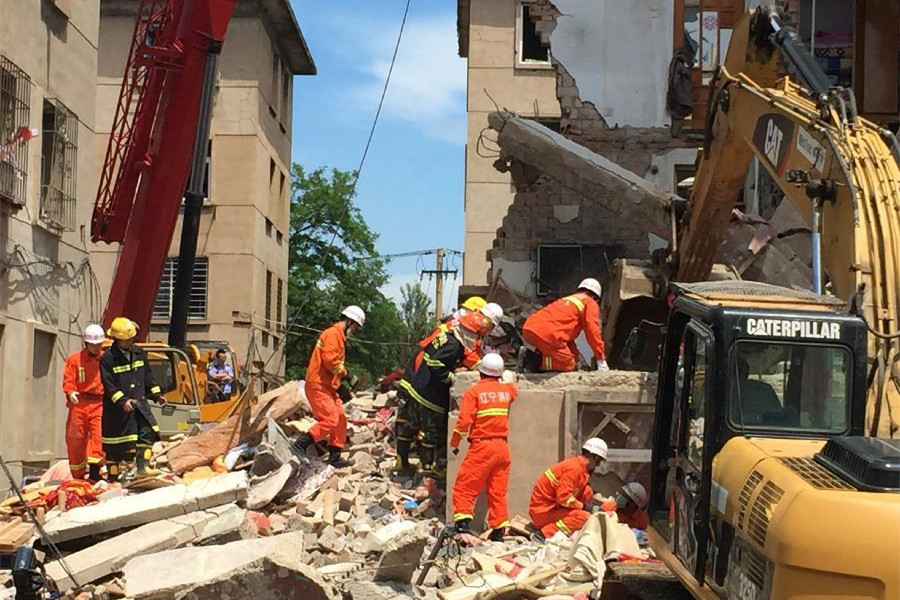Changsha (CNS) -- Archaeologists discovered four human tooth fossils during a recent excavation in central China's Hunan province, which could provide important anatomical information for migration of modern human, according to experts.
The Fuyan Cave paleoanthropological site is situated at Dao County, Yongzhou, west Hunan. The excavation covers about 20 square meters in an area that features typical karst landscape. Archaeologists unearthed fossils of human beings and animals.
The excavation was jointly conducted by the Archaeological Research Institute of Hunan Province (ARIHP) and the Institute of Vertebrate Paleontology and Paleoanthropology under Chinese Academy of Sciences from September to October.
This discovery provided additional important samples to the study of human migration and development during the Pleistocene Epoch, which spanned from around 1.8 million to 10,000 years ago, if the chronological estimation is correct, said Li Yiyuan from the ARIHP.
Archaeologists are using the U-series dating method to date the fossils.
The earliest evidence of rice cultivation, dated bout 10,000 years ago, was found in Yuchan Rock, six kilometers south to the Fuyan Cave.



















